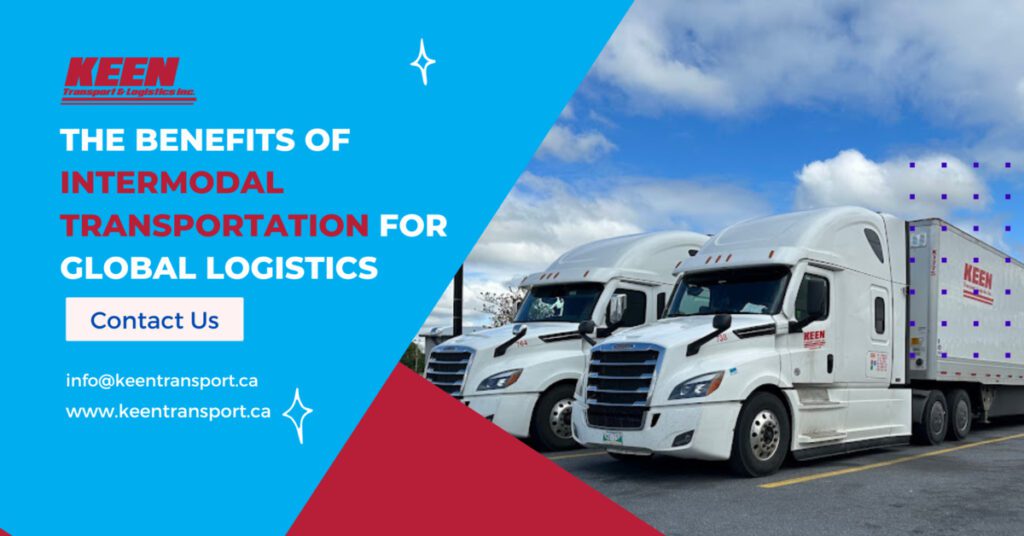In today’s fast-paced global economy, optimizing supply chains and reducing costs are top business priorities. Intermodal Transportation is an effective strategy that combines multiple transport modes—trucks, trains, and ships—within a single shipment. Let’s explore the key benefits of Intermodal Transportation and how it can enhance your logistics operations.
What is Intermodal Transportation?
Intermodal Transportation involves using two or more different transport modes without handling the cargo when switching modes. Standardized containers facilitate this process, allowing for smooth transitions between trucks, trains, and ships.
Cost Efficiency
Intermodal Transportation significantly cuts costs. Businesses save money by choosing the most cost-effective routes and carriers for each leg of the journey. For example, rail transport is often cheaper for long hauls compared to trucking. This approach helps companies optimize their logistics budgets and lower overall transportation expenses.
Environmental Sustainability
Intermodal Transportation supports environmental sustainability. Rail and sea transport are more fuel-efficient and produce fewer emissions than road transport. Integrating these modes into supply chains reduces the carbon footprint, aligning with the demand for greener logistics practices.
Increased Flexibility and Reliability
Combining different transport modes increases flexibility and reliability. Businesses can reroute shipments using alternatives if one mode faces delays or disruptions. This flexibility ensures that goods arrive on time, even with unexpected challenges.
Improved Security
Intermodal Transportation improves security by reducing touchpoints. Cargo remains in standardized containers, minimizing the risk of damage, theft, or loss. These containers also protect goods from external elements and unauthorized access.
Streamlined Customs Processes
Intermodal transport can simplify customs processes for international shipments. Pre-cleared containers often speed up border crossings, reducing delays and ensuring quick movement through international supply chains.
Enhanced Global Reach
Intermodal Transportation expands global reach by connecting various transport networks. This method allows efficient shipping to remote locations, helping businesses enter new markets and reach customers worldwide.
Conclusion
Intermodal Transportation offers numerous benefits, including cost savings, environmental sustainability, and enhanced flexibility. This method of transport is crucial for modern global logistics, helping businesses optimize their supply chains and stay competitive. By incorporating intermodal Transportation, you can improve the efficiency and reliability of your operations, driving growth and success.

